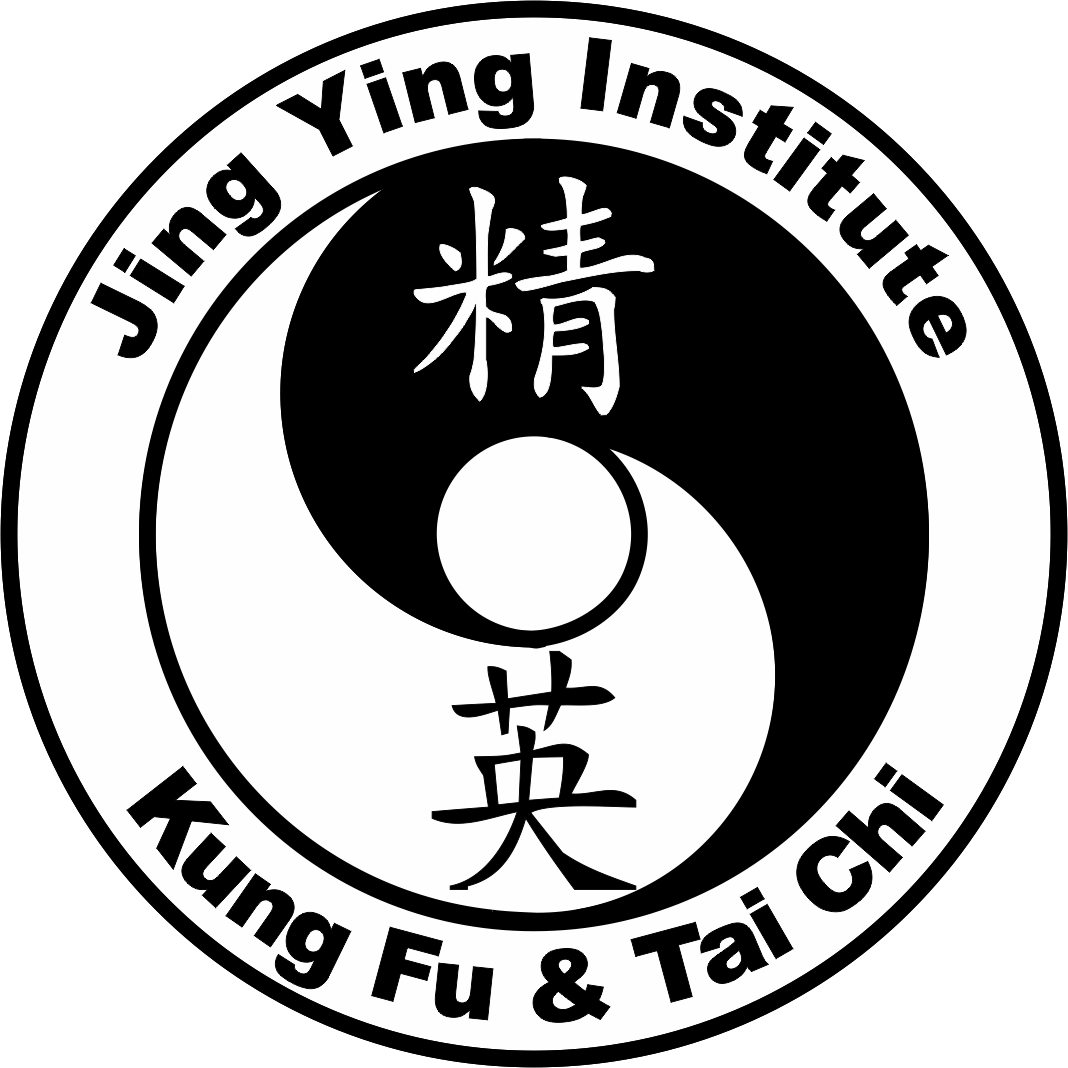Sanshou or Sanda:
Sanshou is the original term and literally means "free hand" while Sanda means "free hit" and is the term China is now using officially. It was developed from a military training program in China after the Korean war that brought together martial arts masters from around the country and medical experts to compare and evaluate techniques. The goal was to develop a hand-to-hand combat system based on three criteria: simplicity, directness, and effectiveness against a larger and stronger opponent. The system was thoroughly tested in training camps around China and in actual border conflicts. The system was further refined in challenge matches and street championships that occurred during the cultural revolution. The military version that developed was based on principles of the book, The Art of War, physics, anatomy, bio-mechanics, and human physiology. It was designed to be a complete system of realistic unarmed combat including striking, grappling, wrestling, takedowns and throws. It emphasizes principles of combat rather than specific techniques, and physical conditioning is important.
Our program eliminates some of the lethal techniques used in military training and involves many partner drills in punching, kicking, grappling, wrestling, sweeps, throws, takedowns, timing, and footwork. We also emphasize contact sparring with protective gear; but, for safety, we eliminate small joint manipulations, headbutts, chokes and elbow techniques. While not permitted in free sparring, we do practice these techniques as partner drills or in light contact sparring.
In competition, Sanshou allows for a variety of full contact punches, kicks, takedowns and throws derived from traditional Chinese martial arts and a fighter can win by knockout or points. While Sanshou is sometimes called Chinese kickboxing, the strategies and techniques are much more refined than kickboxing.

